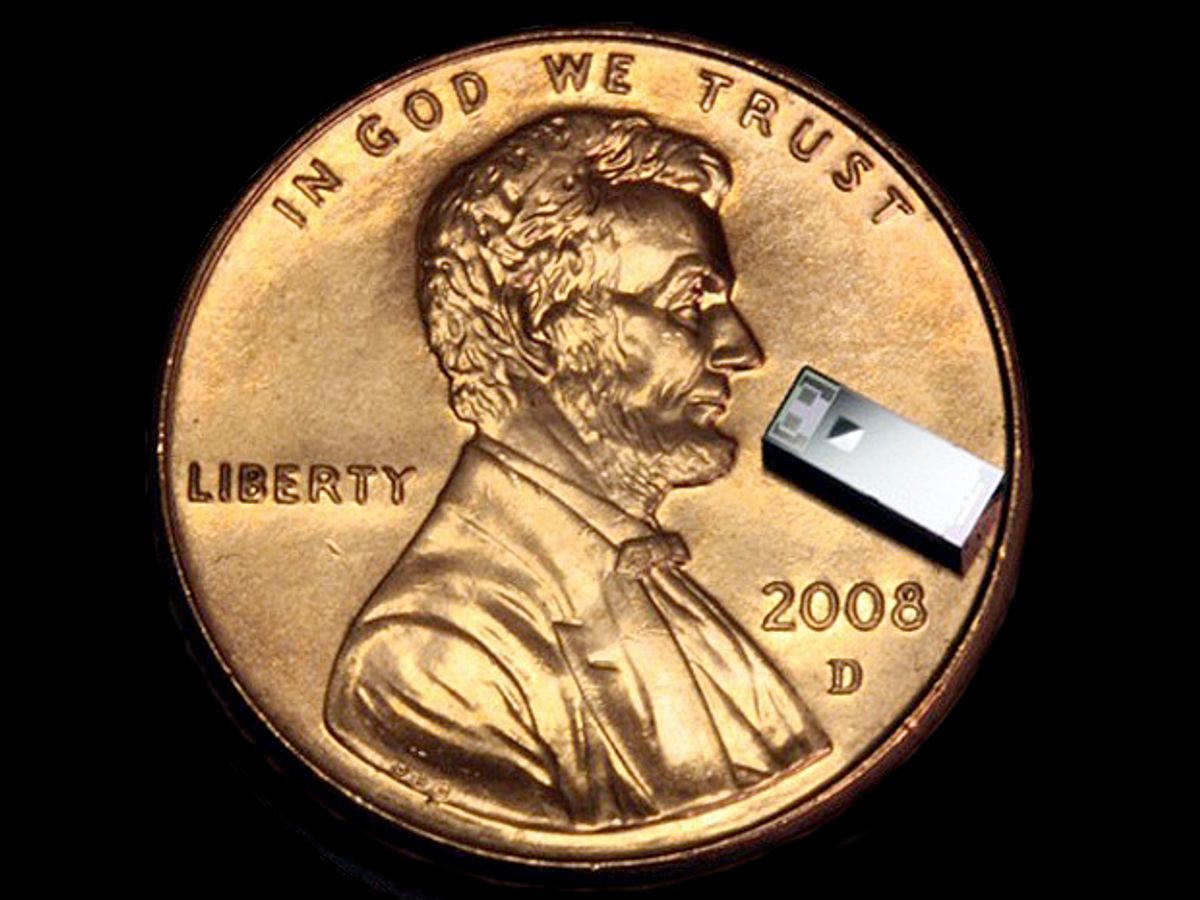Medtronic is known for making pacemakers, brain implants, and other sophisticated medical devices that cost a pretty penny and are therefore primarily available to patients in the developed world. That's a market of about 1.5 billion people, Oesterle said in a talk at last week's meeting of the IEEE Engineering in Medicine and Biology Society. Another 1.5 billion people around the world have access to some rudimentary heath care, and 4 billion others have none. Oesterle is calling on engineers to design the tech that will bring medical care to these masses.
In a conversation with Spectrum, Oesterle elaborated on his vision. He says that he drew inspiration from a visit to a hospital in Chengdu, the capital city of China's Sichuan province. The hospital (pictured at right) is the world's largest with 8000 beds, and it's being enlarged to reach a total of 12,000 beds. And then there are the outpatients: 4.5 million of them each year. "People take trains across western China and queue up all day to get one minute with the doctor," Oesterle says. He thinks it would simply be better medicine to distribute diagnostic and therapeutic technologies to all these people where they live.
Such a system would be enabled by implanted and wearable sensors that can monitor vital signs and metrics of chronic ailments like diabetes, heart disease, and asthma. These sensors would send continuous streams of data to a phone or to the cloud for automatic analysis, and any red flags could trigger alerts for the patient or an off-site physician. The alert could even trigger an implanted therapeutic device to deliver a dose of medicine or a jolt of electricity.
While many people think of infectious disease as the biggest heath threat in the developing world, non-communicable diseases are actually the most frequent causes of death everywhere except Africa, and their prevalence on that continent is increasing rapidly. The World Health Organization reports that 80 percent of deaths from non-communicative diseases occur in low- and middle-income countries.
Medtronic's work on pacemakers points the way toward other implantable therapeutic devices, Oesterle says. The company's engineers have already built an experimental, next-gen pacemaker that's smaller than Abraham Lincoln's head on the penny (pictured above). Such an implant "could go anywhere," Oesterle says, and electrical stimulation could potentially treat a number of conditions (see the slide below). "Everything in the body is electrically active, and we know we can modulate these systems," he says. "This is something electrical engineers can solve—so get busy."
Eliza Strickland is a senior editor at IEEE Spectrum, where she covers AI, biomedical engineering, and other topics. She holds a master’s degree in journalism from Columbia University.





